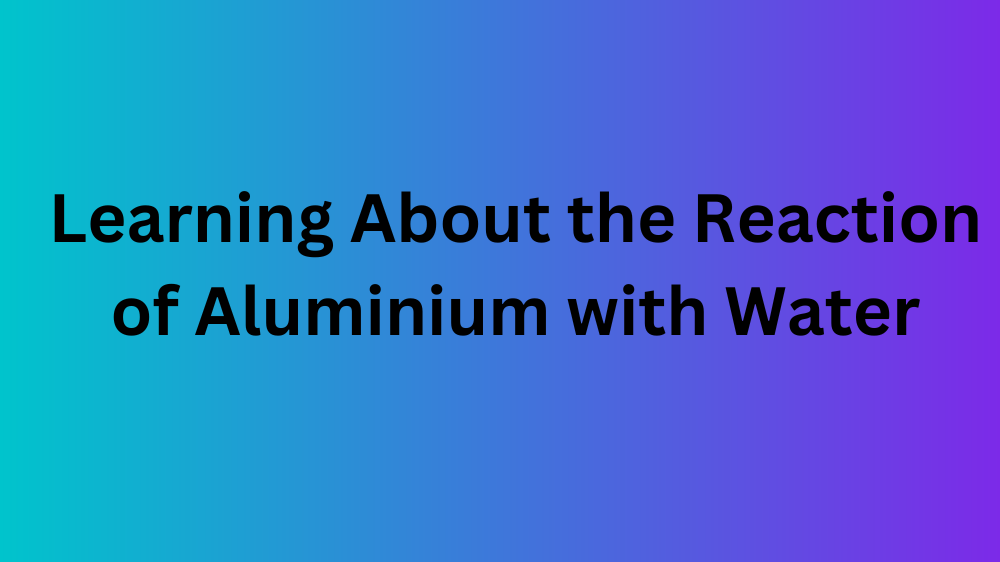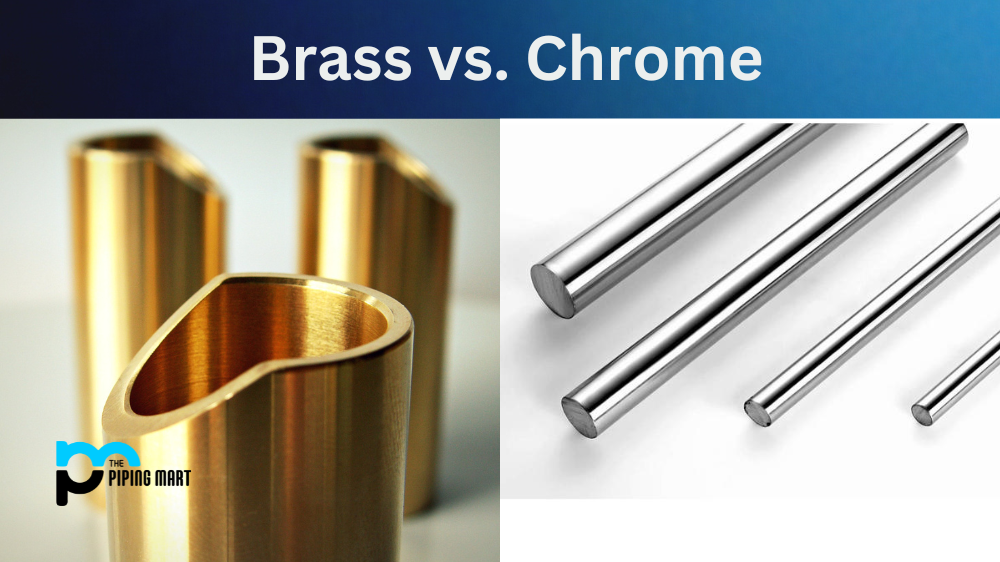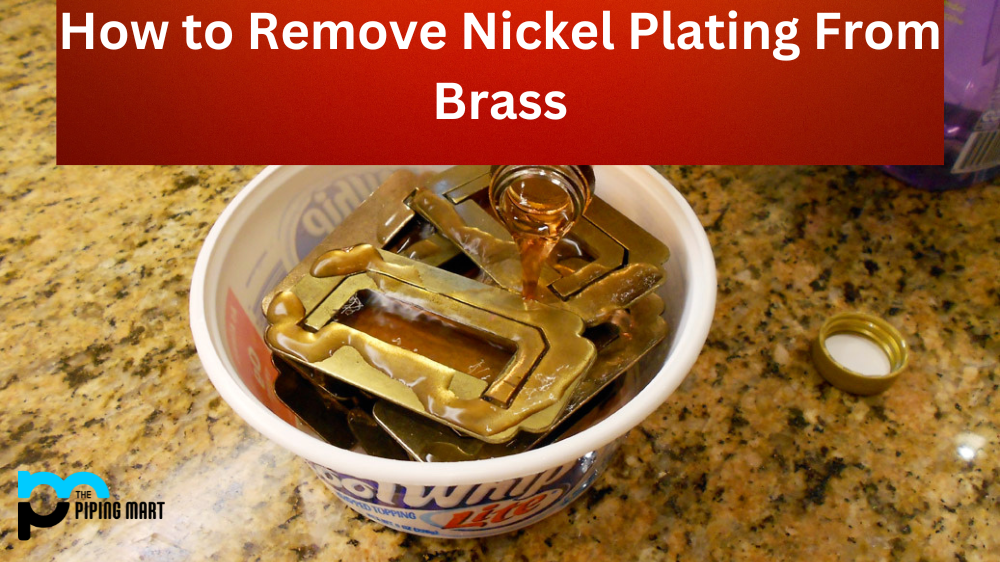Aluminium is the most abundant metal in the Earth’s crust, but it does not occur in its elemental form in nature. Instead, it is found to combine with other elements such as oxygen, silicon, and fluorine, to create compounds like aluminum oxide. When these compounds are exposed to water, they undergo a reaction that produces hydrogen gas. In this blog post, we’ll be taking a closer look at this reaction and what makes it happen.
Reaction of aluminium with water equation
The reaction of aluminum oxide with water produces hydrogen gas, which the following chemical equation can represent:
2Al2O3 + 6H2O → 4Al(OH)3 + 3H2.
The gravimetric hydrogen capacity from this reaction is 3.7 wt. % and the volumetric hydrogen capacity is 46 g H2/L.
In this equation, Al2O3 represents aluminium oxide while H2O represents water. The products of this reaction are aluminum hydroxide (Al(OH)3) and hydrogen gas (H2).
Why Does This Reaction Occur?
This reaction occurs because aluminium oxide reacts with water to form an acid-base neutralization reaction. When aluminum oxide comes into contact with water, the oxygen atoms from the former combine with two hydrogen atoms from the latter to create two molecules of hydroxylic acid. These molecules then react with each other to form two molecules of aluminium hydroxide and three molecules of hydrogen gas.
How Can We Observe This Reaction?
We can observe this reaction by placing a small piece of aluminium in water and then observing the bubbles that form on its surface. These bubbles are composed of tiny particles of hydrogen gas released during the reaction between aluminium oxide and water. It’s also possible to measure how much hydrogen is produced during this reaction by using a special apparatus known as a eudiometer tube. By measuring how much pressure increases within these tubes over time, we can calculate how much hydrogen was produced during a certain amount of time.
Conclusion
All in all, understanding how aluminium reacts with water can help us better understand chemical reactions on a more fundamental level. We gain insight into how acids and bases interact and can also use our knowledge to develop new applications for things like fuel cells or even new ways to store energy more efficiently! Understanding how different elements interact is key when it comes to expanding our knowledge of chemistry, so why not start by delving into one of the most interesting chemical reactions out there?

Abhishek is a seasoned blogger and industry expert, sharing his insights and knowledge on various topics. With his research, Abhishek offers valuable insights and tips for professionals and enthusiasts. Follow him for expert advice on the latest trends and developments in the metal industry.




